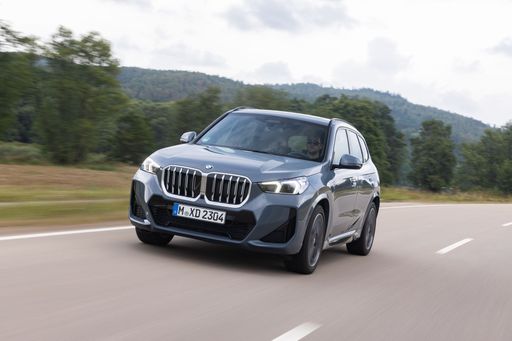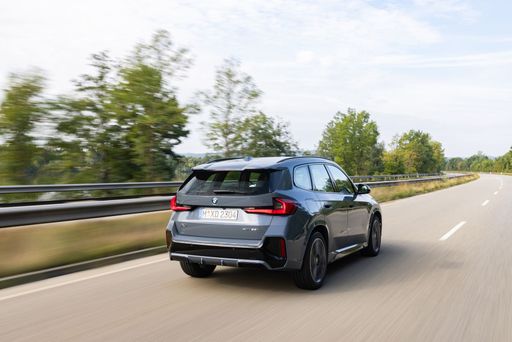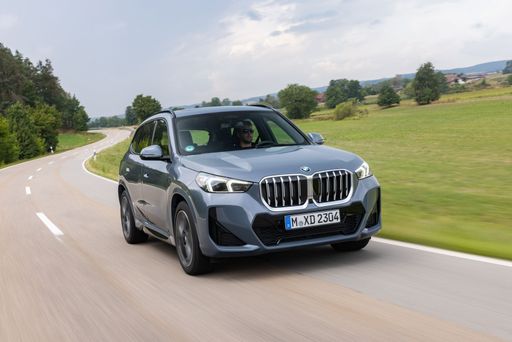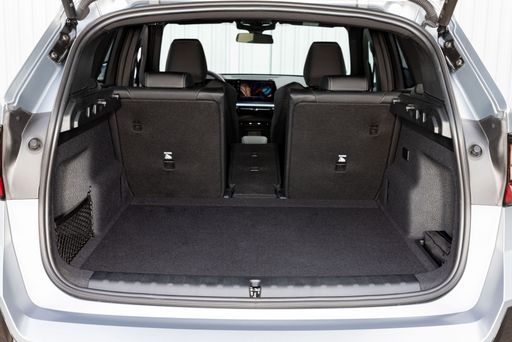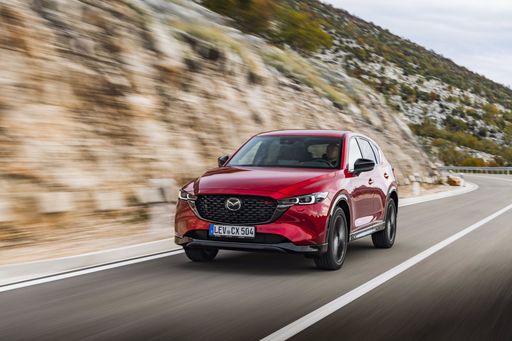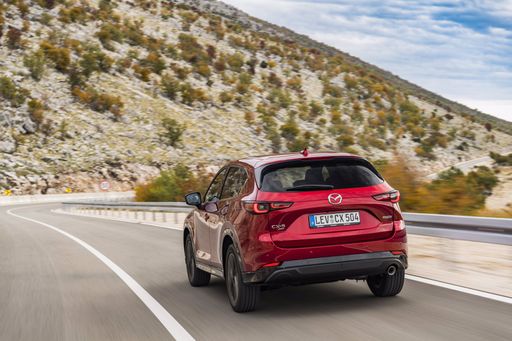Introduction: Battle of the Versatile SUVs
In the competitive world of compact SUVs, the BMW X1 and Mazda CX-5 stand out as dynamic contenders. Both models offer robust performance, comfort, and cutting-edge technology, catering to a diverse clientele. This article delves into the technical aspects and innovations of these two vehicles to help potential buyers make an informed decision.

